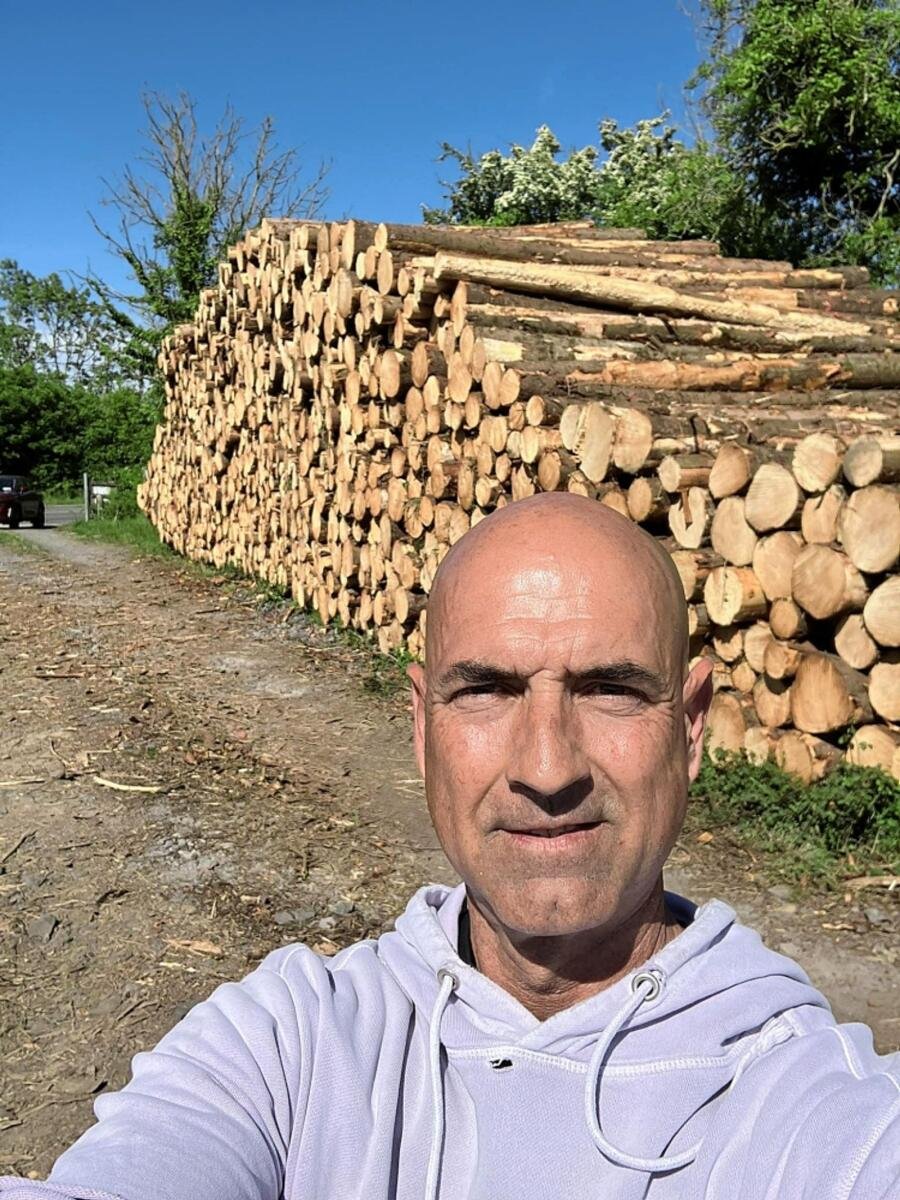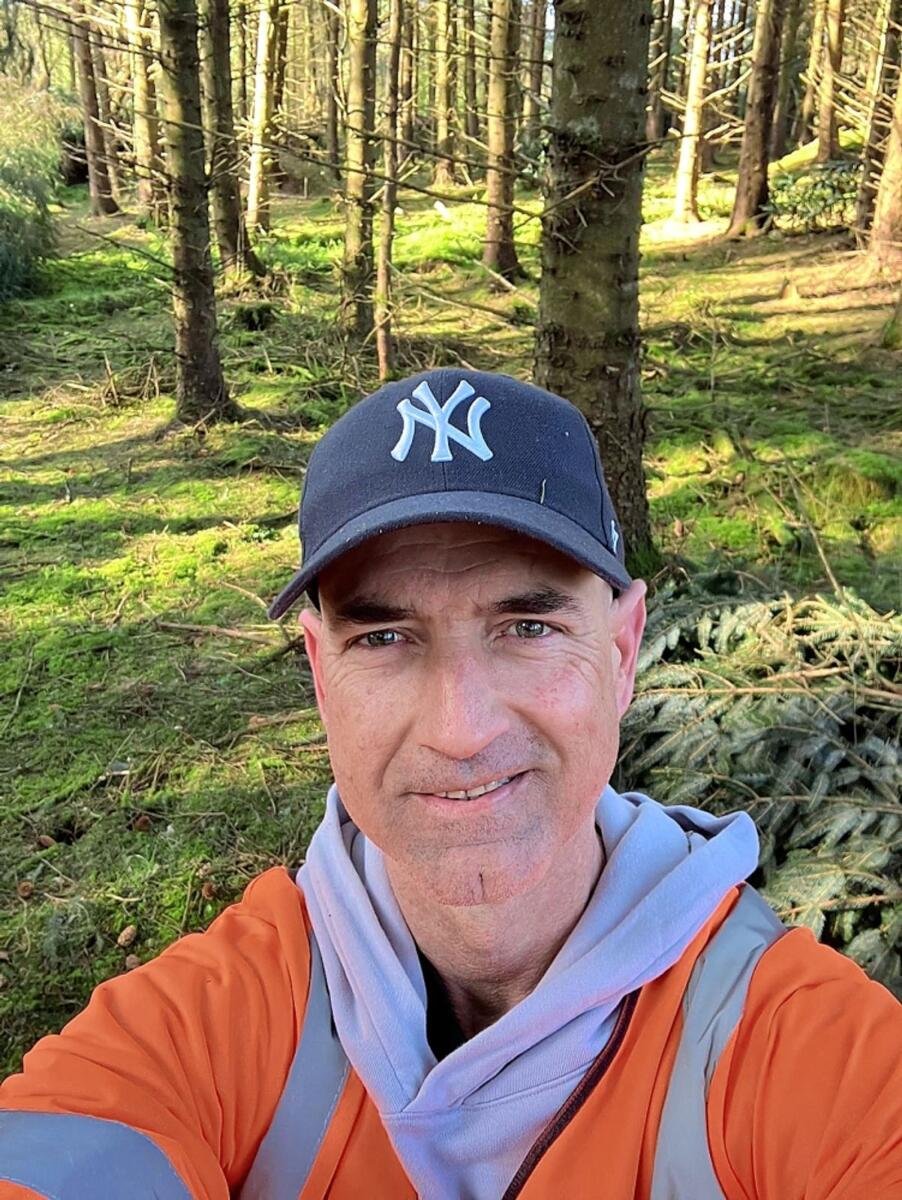Lee Johnston Jr says his firm and its international companions can present a full forestry service to Irish landowners with ash dieback or blown down bushes from Éowyn
JLR, the Canadian forestry firm which got here to Eire within the aftermath of Storm Éowyn, has turned its consideration to the nation’s ash dieback downside.
CEO of LJR Forestry, Lee Johnston, says whereas Irish folks have had their eye on the proverbial blowdown ball, nobody has been contemplating the hundreds of hectares of diseased ash bushes, that are susceptible to falling and rotting within the months and years forward.
Lee says he has a plan, which can make revenue for landowners and revive Eire’s ash inhabitants with a grand re-planting scheme, additionally undertaken by LJR and its companion, TreeGlobal.
“The ash dieback disaster has been happening for 3 to 4 years now and it’s getting near the time that the contaminated ash bushes are nearly not price eradicating,” Lee informed the Celt.
“We’re going to take away every part and salvage all of it with a big proportion of it being was biomass gasoline.”
LJR is presently in negotiations with Bórd na Mona to produce the vitality firm with its biomass necessities as a result of, at current, the indigenous firm has to import wooden merchandise from Brazil and Africa to satisfy its demand.
Lee Johnston estimates there are 10,000 hectares, or a million cubic metres of ash tree wooden in Eire, which may be cleared off land and processed into biomass product.
“When that’s cleared, the land then must be re-planted,” Lee factors out, “in any other case it’s simply lifeless land, not rising crops and no person is making any cash out of it.”
And the re-planting system Lee intends utilizing is the continual cowl forestry (CCF) mannequin, which, in line with Teagasc, is “appropriate to each conifers and broadleaves and permits for the manufacturing of economic timber whereas retaining a forest cowl always”.
On appropriate websites, CCF methods supply a potential different to the broadly practiced clearfell/replant system, which sees bushes harvested on the finish of the rotation. That is then adopted by one replanting operation.
LJR intends to switch among the ash bushes they take away with a genetically-modified model that shall be resilient to dieback and higher suited to Eire’s local weather and situations.
“Once more, turning a disaster into one thing optimistic,” Lee Johnston suggests. “I’ll clear away the lifeless wooden, flip it into one thing which may be utilised and that may make income for farmers on the way in which. Then, I’ll re-plant lifeless land to make future income for Irish landowners.”
LJR brings a lot experience on this space because it has it has labored in lots of international locations throughout the globe bringing stability to crop-growing.
“We planted GM cocoa for farmers in Ghana who previous to that needed to depend on the yield from government-issued bushes that took three years to ship its first harvest,” he explains. “We shall be utilizing GM seedlings which are acceptable for Eire.”
Thus far, Lee says the suggestions his firm’s entry into the Irish forestry market has been positively obtained by farmers.
“The diseased ash is an eyesore, it’s harmful and farmers can’t wait to get it cleaned up,” he says.
“We’ve already cleared lots of of hectares with out actually attempting and we’re right here to remain. All farmers must do now’s work collectively, kind consortiums of their respective space and we are going to do the remainder.
“LJR can present an entire forestry service to Irish landowners,” assures Lee.







